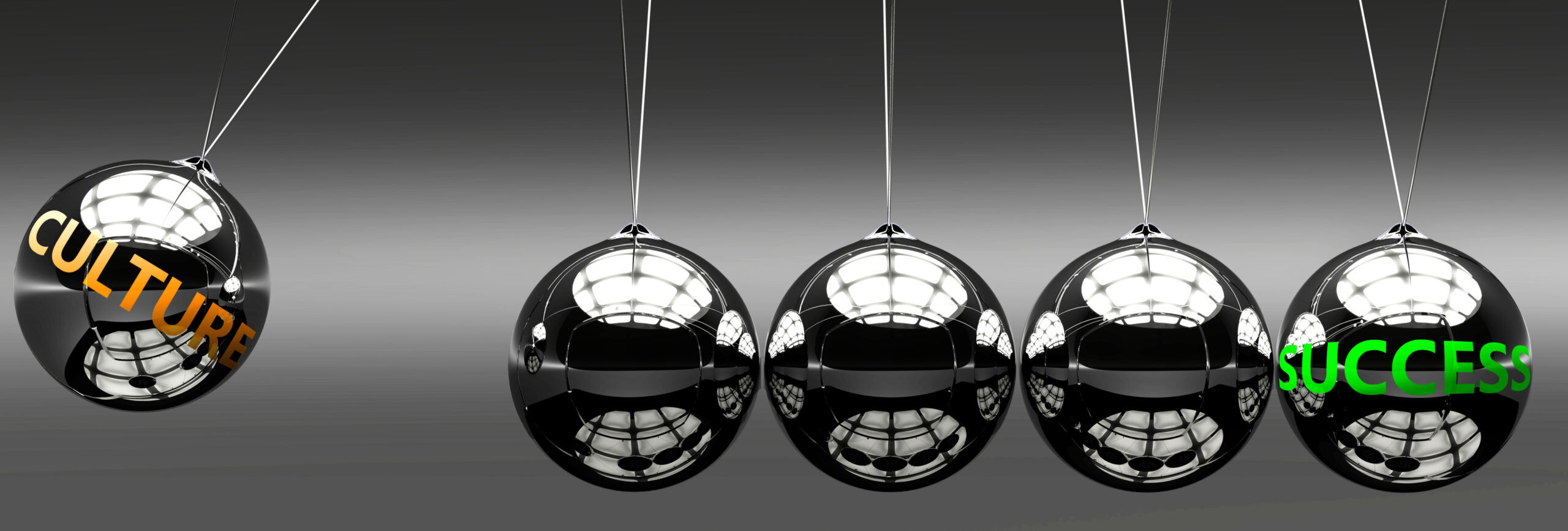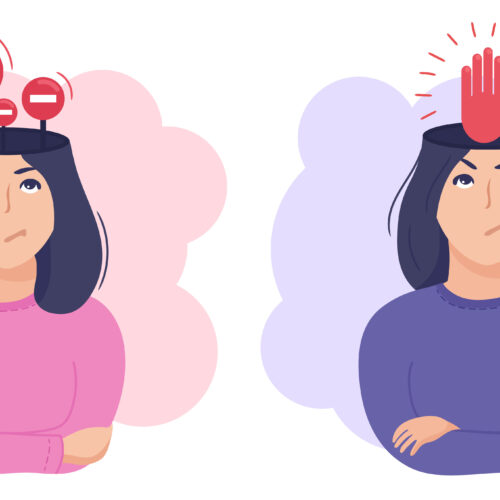Article in collaboration with Genos International Europe
Many elements underlie organizational success. You’ve got to be in the right place, at the right time, with the right product and with the right people. But even with the best of these, a great workplace culture truly matters. Do you know the emotional culture of your organization?
Competitors can come along and replicate your best practices, strategies and processes. As Herb Kelleher from Southwest Airlines once famously said “All airlines have airplanes.”
According to Kelleher, “Our people know that if they are sick, we will take care of them. If there are occasions of grief or joy, we will be there with them. They know that we value them as people, not just cogs in a machine.”
So consequently, culture matters. Culture is the degree of alignment between strategy and the way employees think and behave.
WHERE TO START IN UNDERSTANDING EMOTIONAL CULTURE?
To discuss and understand the concept of emotional intelligence and emotional culture, first we need to look at the underlying science of emotions. Why do we react the way we do, how does others’ behavior impact us the way it does?

We all experience a wide range of pleasant and unpleasant feelings at work. These feelings influence our decisions, behavior and performance.
Pleasant feelings have a ‘broaden and build’ effect causing us to think more broadly, engage more deeply and perform better.
Unpleasant emotions tend to have a ‘narrowing and limiting’ effect, causing us to be more closed-minded, less engaging and poorer at performing. Collectively, these emotions impact the bottom-line for better or worse.
Let’s start with positive/pleasant emotions. Think about your experiences in the workplace for a moment. When people feel relaxed at work, they tend to be solution focused. If feel involved, they will often promote the brand. When they feel cared for by the company, they go above and beyond in the level of discretionary effort they put towards the company. Finally, employees that are empowered are often the hardest working and innovative team members.
Conversely, let’s look at negative or unpleasant emotions. When people feel anxious, they are more likely to be reactive. When stressed, we can become aggressive. It’s human nature. When an employee feels fearful, they can sometimes blame others. Finally, when people feel disempowered, they can assume a lack of responsibility and ownership for their work. We’ve all been there.
Research shows that people in high performing organizations experience more positive emotions and fewer negative emotions than those in low performing organizations. (Boedker et al. 2011)
So why aren’t more organizations working to focus on understanding how their people are feeling and managing their EMOTIONAL CULTURE?
DO YOU KNOW HOW YOUR PEOPLE ARE FEELING RIGHT NOW?
Often, companies release employee engagement surveys that are confidential, but staff that are struggling may not respond in the most honest way for fear of repercussion. Or some measure Net Promoter Score – how likely you are to recommend a company to others or as a customer, how likely you are to recommend the products. Some organizations have even had volunteers use wearables to measure things like tone of voice, body language, frequency of social interactions, and participation in meetings.
Emotional culture surveys are the most direct and impactful way to measure emotional culture because they measure three distinct things to help identify whether or not emotions experienced need to shift. They measure:
- Experienced emotions
- Expected emotions
- Ideal or desirable levels of emotions
When you understand how your people are feeling, how they’d ideally like to feel and where the gaps are – you can do something about it. It allows you to more easily understand where the differences are – so you can be informed in making decisions for your leadership and talent investments and workplace culture. You can continue to strive to be a great place to work.
EMOTIONAL CULTURE INDEX
The Emotional Culture Index from Genos International is designed to measure three dimensions of emotions at work:
- Current state – How often your people experience certain feelings at work.
- Expected state – How often your people think it’s reasonable to experience these feelings at work given the nature and context of your workplace.
- Ideal state – How often your people think they should ideally experience these feelings in your workplace in order to be effective.
It also allows participants to share confidential free text responses on key areas. You can customize the survey by department, team, region or a particular demographic or group.
It takes only a few minutes to complete and you will receive a report with its findings and have the opportunity to discuss privately with a me, a Genos Certified Emotional Intelligence Practitioner.
As we enter into a world of AI, automation and machine led learning, our ability to feel and be human is what makes us unique. We encourage you to uncover your organization’s emotional culture as you prepare for 2021.
I can help you learn more about our organizations emotional culture index. Contact me to learn how.





